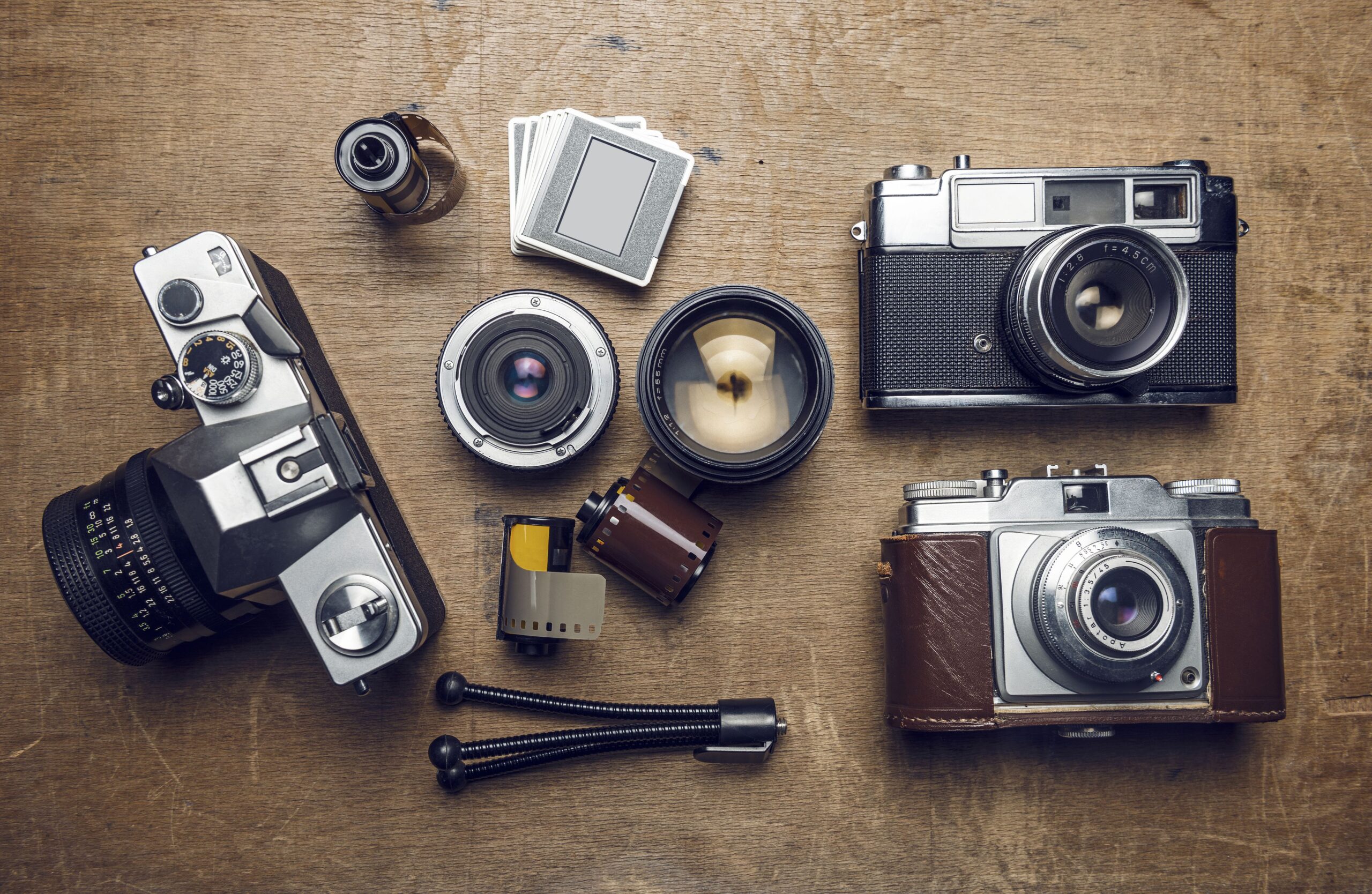What is Photography?
Photography is a professional artistic practice of creating an image with light and other electromagnetic radiations either electronically by an image sensor or chemically by light-sensitive material such as photographic film.
Origin of the word ‘Photography’
The word photography was first found by the British Scientist Sir John Herschel in 1839. The word Photograph was derived from Greek Latin. The Greek word pathos means ‘light’ and graph means ‘drawing or writing’. The words together mean drawing with light. Technology plays a main role in the invention of photography. Photography needs to combine two types of distinct sciences such as optics and chemistry. Optics enables the intersection of light rays to form an image inside the camera and the chemistry helps to enable that image to be captured and record permanently onto a photosensitive surface.
Evolution of Photography
The history of photography developed with the identification of two important principles such as camera obscura image projection and observation. There are no artefactual descriptions that state any attempts to capture images with light-sensitive materials before the 18th century. Johan Heinrich Schulze did the first attempt to capture the cut-out letters on a bottle of a light-sensitive slurry, but he did not take any steps to make the results durable. Thomas Wedgwood made the first attempt to capture the images in permanent form and made the first reliable document.
But it was unsuccessful. Wedgewood had a partner to support his project. His investigations helped him to produce detailed photograms, but they did not find any ways to fix those images. Nicephore Niepce is a person who managed to capture an image with a camera in the mid of 1982s. But, in the earlier days, he produced unrefined results and the image needed several days to exposure to the camera. His supporter Louis Daguerre was directed to process the daguerreotype process. The daguerreotype process or daguerreotypy was the first publicly available photographic process. It required only a few minutes to expose to the camera. It produced clear and fines detailed results.
The details were aroused in the world in 1839 and believed as the birth year of practical photography. Paper-based calotype negative and salt print processes were invented by William Henry Fox Talbot demonstrated in 1839 after the daguerreotype has reached his ears. This soon became a rival for the metal-based daguerreotype. The wake of innovations made photography easier and more convenient. New innovative materials reduced the required time for the camera exposure from minutes to seconds, in these decades it converted to nanoseconds. Modern photographic media were more economical, diplomatic, and favorable to the people. The collodion process which is also known as the “collodion wet plate process” were used since the 1850s.
The collodion process requires the photographic material to be coated, stimulate, exposed, and evolved within the time period of fifteen minutes, which entails a darkroom for the usage. It amalgamated the good quality from the daguerreotype with the calotype print options. It was vastly used for decades.
Roll films were publicized by non-professionals for casual use. Expansions in the mid-20th century paved a way for non-professionals to take pictures in natural colors as well as black and white.
The introduction of computer-based electronic digital cameras in the 1990s has shaken up the world of photography. The modern technology and the quality of the image captured in fair-priced digital cameras were enriched which diminished the traditional film-based photochemical methods. Enhancement of modern technology made the camera a standard feature on smartphones. People use the feature of cameras and take pictures and upload them online instantly which has become omnipresent around the world.

